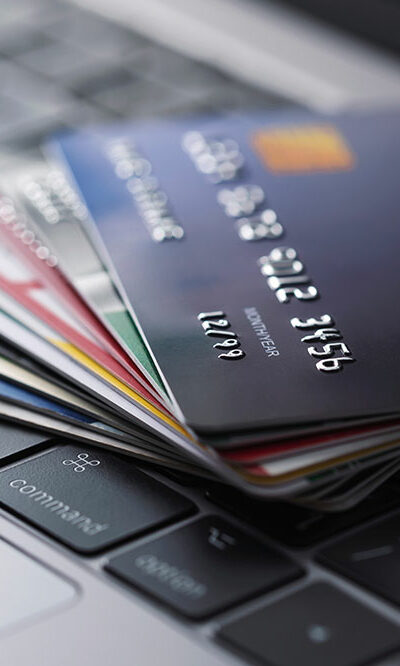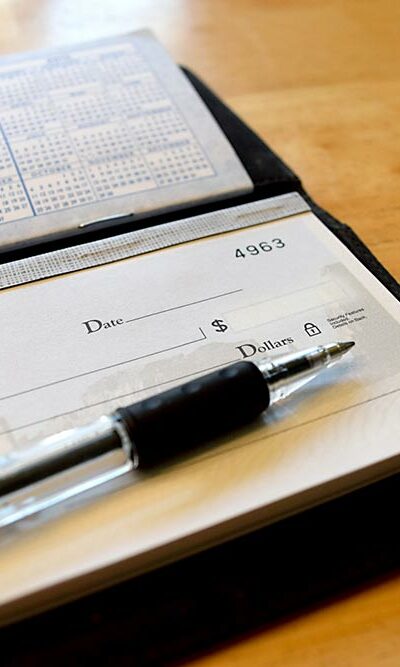
7 common gold investment mistakes to avoid
The allure of investing in gold has captivated individuals and institutions alike. As a tangible asset with intrinsic value, gold has served as a store of wealth and a hedge against economic uncertainties. However, the path to successful gold investment is riddled with pitfalls and common mistakes that can erode potential returns and tarnish the glittering allure of this precious metal. From misconceptions about the nature of gold to errors in timing and storage, one must avoid certain pitfalls and make informed decisions. Misunderstanding the nature of gold One of the most fundamental mistakes made by novice gold investors is misunderstanding the nature of this precious metal. Gold is not a speculative investment like stocks or cryptocurrencies; rather, it is a store of value and a long-term wealth preservation tool. Those who expect rapid, exponential price increases in gold may be disappointed. Gold’s primary role is to provide stability and act as a safe haven during economic turmoil. Neglecting research Investing in gold without conducting thorough research is akin to setting sail without a nautical chart. Many individuals make the mistake of purchasing gold without understanding the market dynamics, historical trends, or the factors that drive its price. Successful gold investors are diligent researchers who stay informed about global economic developments, Central Bank policies, and geopolitical events. Timing the market Timing the gold market is notoriously tricky, and trying to do so can lead to costly mistakes. Investors often buy gold when prices are soaring, influenced by fear or market hype, only to see prices drop shortly after their purchase. Alternatively, they may sell in a panic during price dips, missing out on potential future gains. A wiser approach is to view gold as a long-term investment rather than trying to time short-term market fluctuations. Not storing gold properly Storing physical gold improperly is a critical mistake.










